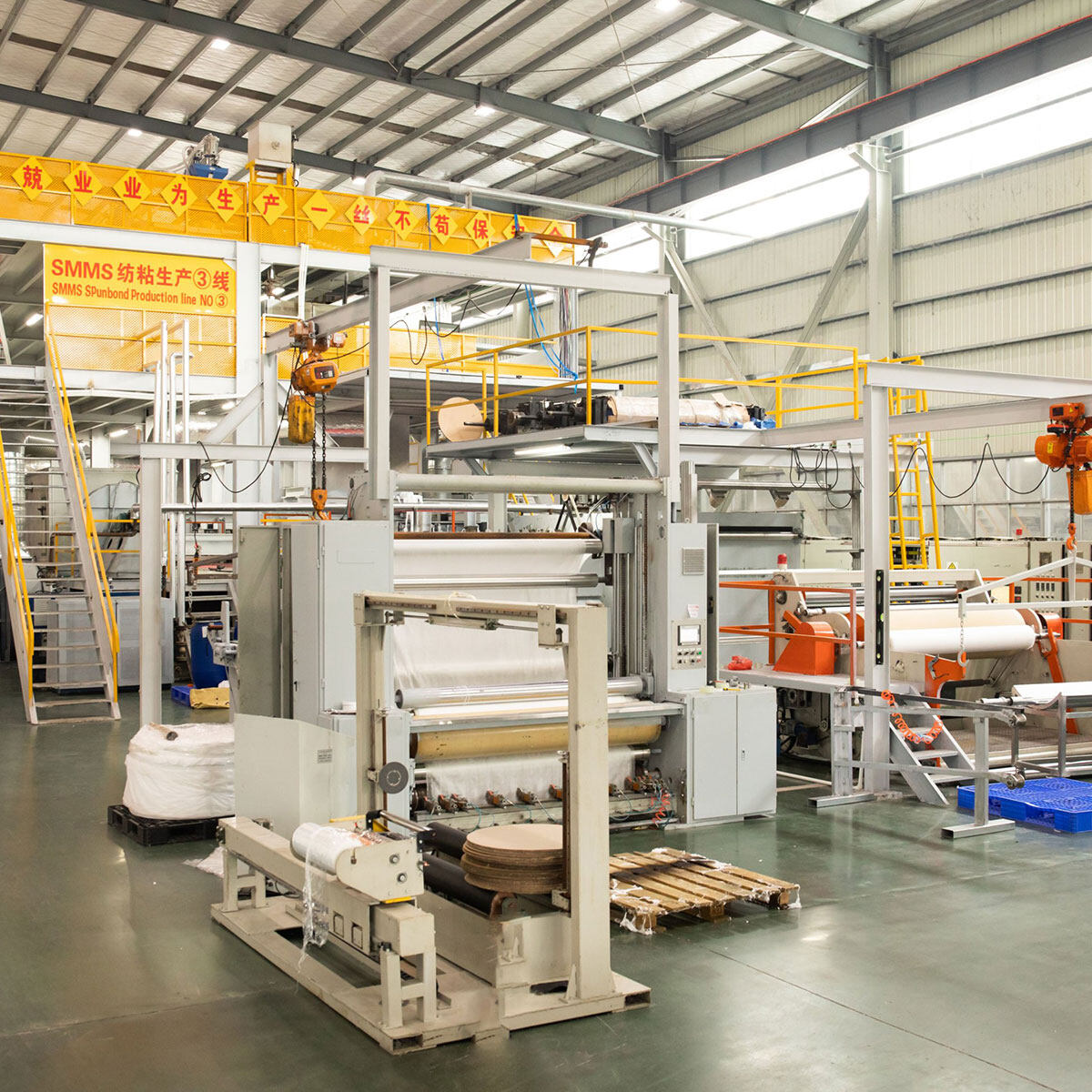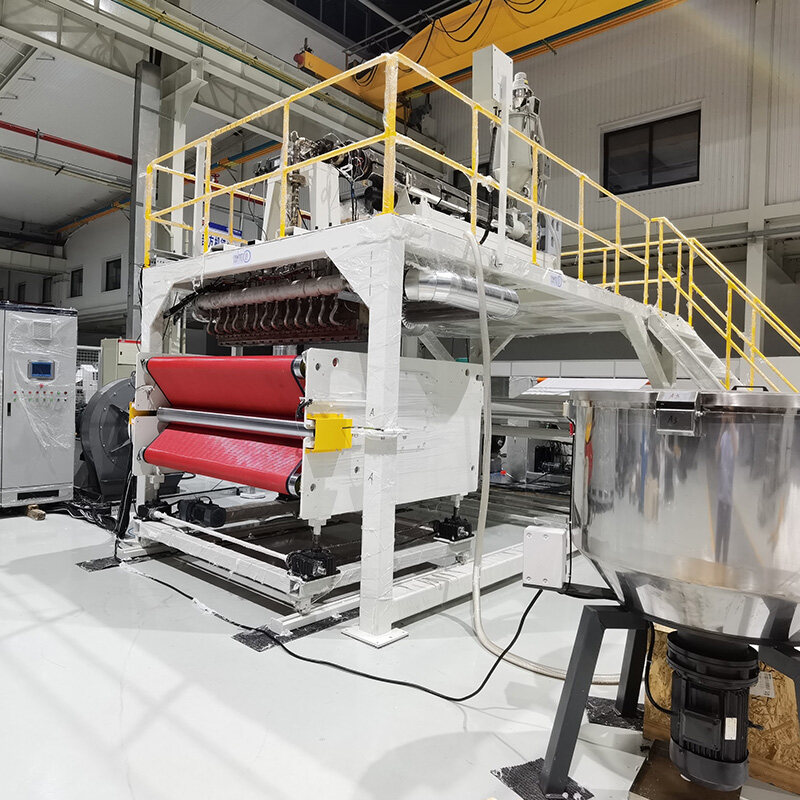Ошибка формата электронной почты
emailCannotEmpty
emailDoesExist
pwdLetterLimtTip
inconsistentPwd
pwdLetterLimtTip
inconsistentPwd
поставщик машин для производства нетканых материалов
Оборудование для производства нетканых материалов типа SMMS 2400 мм
Equipment made of nonwoven fabric is utilized in a wide range of social, professional, and industrial contexts, but is particularly prevalent in the building, auto repair, apparel, aerospace, and environmental protection sectors. Additionally, the use of nonwoven fabrics in the health sector, particularly in sanitary products, is growing. This has opened up new markets for medical textiles, apparel textiles, and vehicle textiles as well as given nonwoven fabrics a competitive advantage due to their high added value and substantial economic benefits.
Устройство SMMS модель 3200 мм из нетканого материала
SMMS offers soft, sensitive fabrics that are suitable for skin compatibility to replace pure cotton clothing. The continuous filaments that make up the spunbond layer have good breaking strength and elongation. Continuous microfibre, which makes up the melt-blown layer and has good moisture, bacterial, and dust barrier properties. It can withstand high water pressure, has good air permeability, and can withstand acid and alkali well.
Машина для производства нетканых материалов из ПЭТФ 1600 мм
Water-repellent non-woven fabrics include those made of spunbonded filaments of polyester (PET). Depending on the gram weight, non-woven cloth has a varying water repellency. The better the water repellency, the heavier and thicker the gram weight. If there are any water drops on the non-woven fabric's surface, they will immediately fall off.



